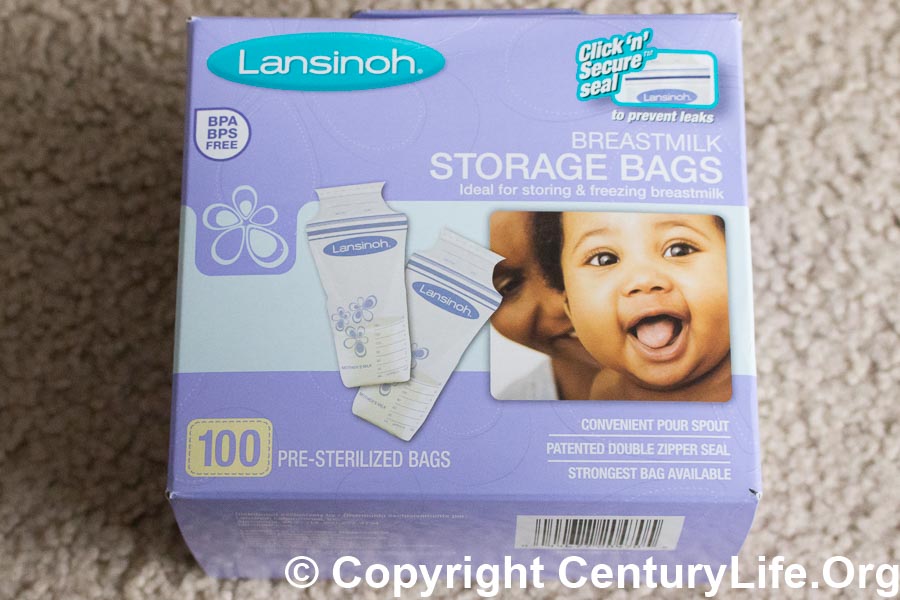
With another baby on the way, it was time to buy more breast milk storage bags. We used mostly Lansinoh bags last time, but Ann didn’t like how flimsy they felt, so we looked at more brands this time.
The problem? There’s surprisingly little information out there about breast milk bag materials. (And as for sturdiness, reviews are contradictory, with lots of fans and detractors for each major brand.) The easily-available information is as follows:
- All breast milk storage bags are BPA-free, but so what? They have to be BPA-free by law (BPA is banned in baby food containers under US law).
- Most brands don’t say much about phthalates (softening chemicals in plastic which are toxic).
- Some brands don’t advertise what kind of plastic they use.
Therefore, I had to go fishing for information. This is what I discovered:
- Lansinoh bags are made out of low-density polyethylene (LDPE), which is food-safe and is free of BPA and phthalates. It’s the same kind of plastic used in Zip-Loc bags. Ann says the Lansinoh milk bags feel flimsier than other brands, but she’s used dozens of them and none have ever broken inside or outside of the freezer. Made in Thailand.
- NUK bags are made out of LDPE and are thus phthalate-free. Their website does not make this clear, so I had to contact them directly. The bags are made in the USA.
- Medela’s Pump and Save bags are made out of an outer layer of PET and an inner layer of LDPE. They are as safe as Lansinoh’s bags but the outer layer of PET gives it extra strength to resist tears.
- Philips AVENT bags are made like Medela’s: an outer layer of PET and an inner layer of polyethylene (not specified exactly which variant, but all polyethylene is food-safe). Thus they should be about as safe as Lansinoh’s bags but resist tears better.
(For a fuller discussion about the various types of plastics in household goods, see here.)
Other brands out there that gave insufficient information about their materials and/or did not respond to inquiries. So I would stick with the “big four” brands to be safe.
Since all of the “big four” (Lansinoh/NUK/Medela/Philips) bags are safe, I’d go with the cheapest kind that still meets your needs. Lansinohs do feel flimsier so I understand the allure of a reinforced bag like Medela or Philips AVENT. On the other hand the bags are disposable, so if you are on a tight budget, the Lansinohs should be fine.
As for baby bottles, I would highly recommend glass over plastic bottles whenever possible, because glass is immune to degradation at normal temperatures, whereas plastic does weaken with heat, ultraviolet light exposure, and can get scuffed up, even if it doesn’t contain BPA or phthalates. We use Philips AVENT glass bottles, specifically the 8-ounce bottles with natural nipples. (They are called natural nipples because they are supposedly shaped more like human nipples.) For household use, I’d recommend 8-ounce bottles, which can be filled with less than 8 ounces of milk/formula. For travel, a 4-ounce bottle takes up less space.